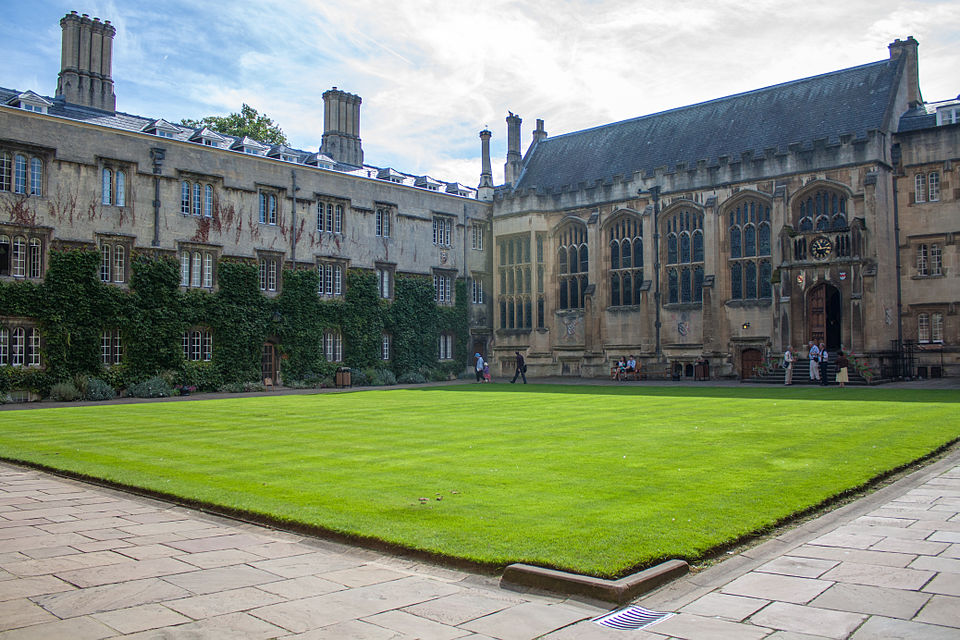
Exeter College has issued a detailed defence of its proposed research and innovation district on the northern edge of Oxford, arguing the project will deliver major economic, educational and
environmental benefits despite concerns over green belt development.
The college is seeking to transform a 30-hectare site between the Peartree Interchange and Kidlington into EXOq, a high-tech hub it says could generate £1.4bn a year and support more than 7,000 jobs, including 4,600 in Cherwell District.
The location, however, sits on protected green belt land, prompting criticism from campaigners who fear it would close the remaining “Kidlington gap”—the strip of countryside separating the village from Oxford. The land had previously been earmarked as a potential replacement golf course after the closure of North Oxford Golf Club, whose former site is due to be redeveloped for university housing.
Nicholas Badman, Exeter College’s Finance & Estates Bursar, said the project would strengthen Oxford’s position as a global centre for science and innovation.
“EXOq will be a vital UK research and innovation district,” he said. “At its heart is a Sovereign High-Performance Compute facility that will accelerate world-leading research and unlock its commercial potential.”
Badman said the scheme offers substantial local benefits, including:
- A new 14-hectare public parkland with a café, conference space and wetlands, designed to support community wellbeing and provide additional flood storage.
- A Further Education college offering skills training in areas such as hardware and IT management.
- The potential to reuse waste heat from the computing facility as part of the emerging Oxford Energy Network, which aims to supply low-carbon heat across Oxford and nearby communities.
He emphasised that Kidlington, owing to its proximity to the site, could be among the first areas to receive this decarbonised heat.
The proposed district lies at a strategic point between the Knowledge Spine and the Oxford-Cambridge Growth Corridor, offering direct access to Oxford Parkway station on one side and the canal towpath on the other.
Badman noted that the site has already undergone significant change, being bordered by dual carriageways and electricity pylons. He also argued the case for a replacement golf course has weakened.
“Evidence submitted to the Local Plan shows demand for golf is in gradual decline, and there is not enough local need to justify reprovision,” he said. “North Oxford Golf Club ultimately chose to close rather than relocate.”
A public consultation on the EXOq proposals was held last week at the former golf course clubhouse. Photo by Simon Q, Wikimedia commons.







































